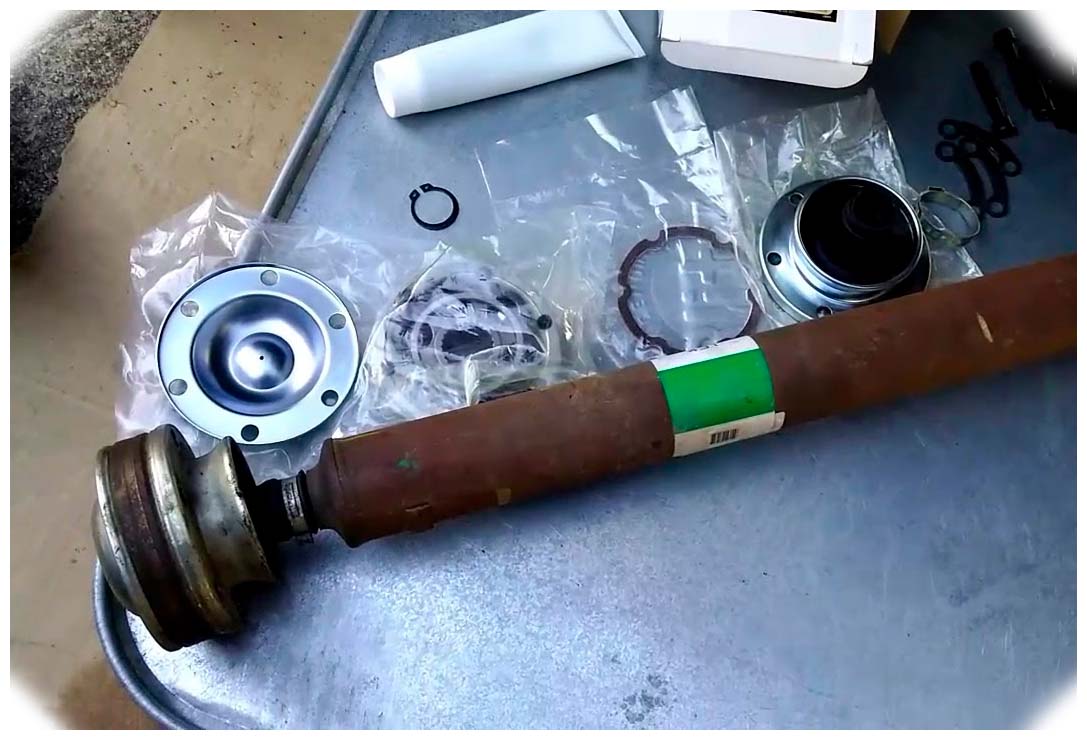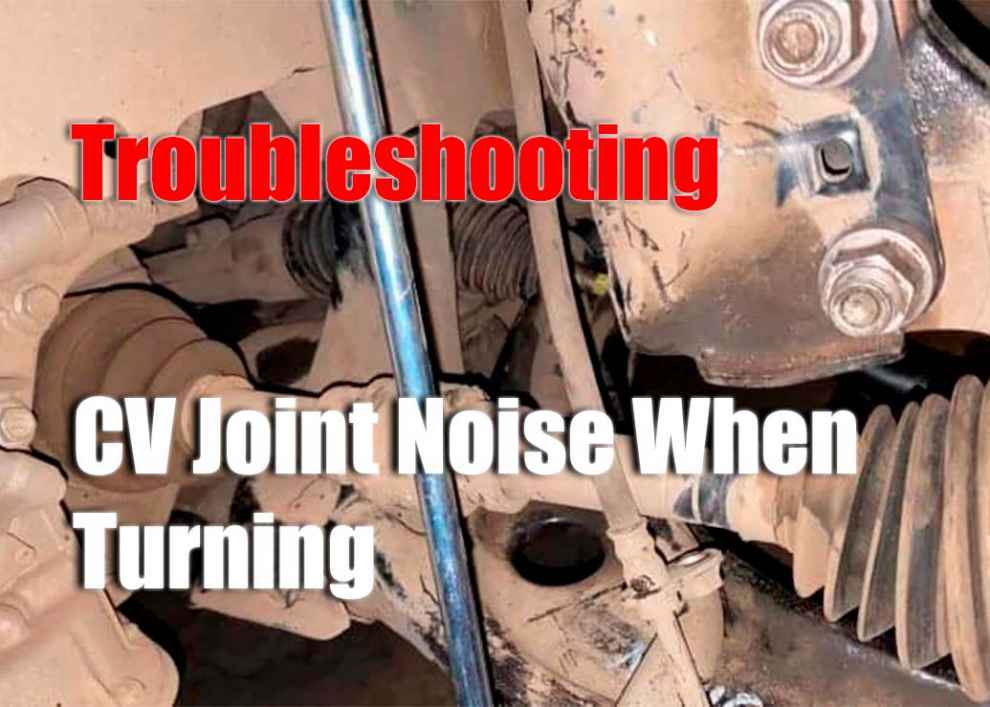Making strange noises when you turn the steering wheel is a telltale sign that your car’s CV joints may be worn or damaged. A CV joint, or Constant Velocity joint, is an essential part of the car’s drivetrain and is responsible for connecting the transmission to the drive axles. If there’s a problem with one of these joints, it will cause an annoying grinding or clicking noise as it moves. To ensure your vehicle runs smoothly and safely, it’s important to diagnose and fix any problems with the CV joints. In this article, we’ll discuss how to troubleshoot faults in CV joints as well as how to repair them.
What Is a CV Joint?

Common Causes of CV Joint Noise When Turning
The most common cause of noise coming from your CV joint when turning is wear and tear from regular use – if any part begins to wear down, it can create squeaking or grinding noises as you turn the steering wheel in either direction. Other causes can include a lack of lubrication, which can cause the CV joint to become dry and make metal-on-metal contact. In addition, a faulty CV joint could be caused by an accident or collision – if your car is hit while in motion, the impact can cause damage to the CV joint.
Diagnosing a Faulty CV Joint
Diagnosing a faulty CV joint in a vehicle requires careful observation and analysis. When driving, pay attention to any unusual noises coming from the front wheels, such as clicking, popping, or grinding sounds. These noises often indicate a problem with the CV joint. Additionally, observe if there is any vibration or shaking felt in the steering wheel or vehicle when accelerating or turning. Excessive play or looseness in the front wheels may also suggest a failing CV joint. Another indication is the presence of grease around the CV joint or a torn or damaged CV boot. Inspect the CV boot thoroughly for cracks, splits, or leaks, as these can lead to dirt and moisture entering the joint, causing damage. If you notice any of these symptoms, it is recommended to have the CV joint inspected and repaired by a professional mechanic to prevent further damage and ensure the safety and performance of the vehicle.
How Do You Fix a Faulty CV Joint?
Once you’ve diagnosed the problem with your car’s CV joints, it’s time to fix them! If they are simply worn out from regular use, then you will need to replace them entirely – this is usually a straightforward procedure that can be done at home or in a garage. However, if the CV joint has been damaged due to an accident or collision, then it’s important to take your car to a professional mechanic for repairs so that they can replace the damaged parts and ensure that everything works correctly.
Conclusion
If you’re hearing strange noises when you turn your steering wheel, it could be a sign of an issue with your car’s CV joints. It’s important to diagnose the problem and make sure that any necessary repairs are carried out to keep your car in good condition and avoid any further damage. Once you know what needs to be done, you can either fix the problem yourself or take your car to a professional mechanic for help – either way, fixing noisy CV joints will have you back on the road in no time!

Add Comment